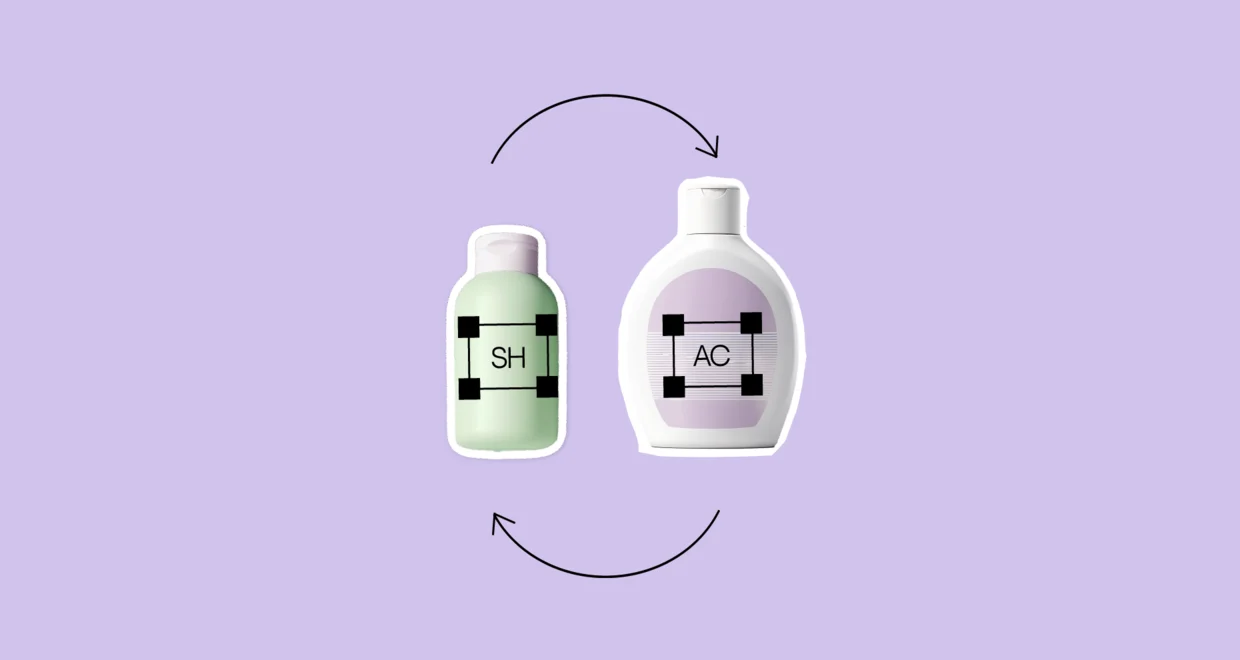Reverse Washing: Can It Keep Your Hair Color Vibrant or Is It Just a Waste of Conditioner?

Reverse Washing for Color-Treated Hair: Saving Your Color or Shampooing Your Money Down the Drain?
Reverse washing —sounds fancy, right? But it's really just flipping the order of your hair care routine. Instead of shampoo first, conditioner later, you condition first, then shampoo. It’s been hailed as the secret weapon for protecting delicate, color-treated hair. But does it really work, or is it just another trend trying to steal your attention (and your patience)? Let's find out if reverse washing is the unsung hero for your color or just another hair care experiment gone rogue.
What Is Reverse Washing? (And No, It’s Not Just Washing Your Hair Backwards)
Reverse washing is the rebellious sibling of traditional hair washing. Instead of shampooing first, you apply conditioner to your hair, rinse it out, and then shampoo. The idea is that conditioning first creates a protective layer for your hair, preventing shampoo from over-stripping moisture and, hopefully, extending the life of your color.
It sounds promising, right? But there’s more to this story than just flipping your hair care routine.
Why Reverse Washing Might Work for Color-Treated Hair
It’s Like Bubble Wrap for Your Color Color-treated hair is delicate—like trying to keep a souffle from collapsing when you look at it wrong. Applying conditioner first can help create a barrier that locks in moisture and reduces the chances of your shampoo washing your color down the drain.
It Keeps Things Light and Breezy If you’re worried about conditioner weighing down your hair or making it greasy, reverse washing can help. Shampooing after conditioning rinses away excess product, leaving your hair moisturized but not heavy.
It’s Frizz’s Worst Nightmare Reverse washing can reduce frizz and dryness by allowing your hair to absorb conditioner before the shampoo does its thing. For anyone battling frizz post-color treatment, this could be a game-changer.
Why Reverse Washing Could Go Horribly Wrong
Your Shampoo Might Not Get the Memo Not all shampoos are created equal. If your shampoo is too strong, it could still strip your color despite your conditioner’s best efforts. It’s like trying to protect your house with a screen door in a hurricane.
Oily Hair, Beware If your hair tends to get greasy faster than you can say “I need a shower,” reverse washing might not be your friend. Conditioning first can leave more residue on your scalp, making oily hair look even more, well… oily.
Trial and Error Required Reverse washing isn’t a one-size-fits-all solution. If you’re not using the right products or technique, you might end up with lackluster results—or worse, your color could fade faster than your excitement about this trend.
Tips to Nail Reverse Washing for Color-Treated Hair
- Pick the Right Products: Use a sulfate-free, color-safe shampoo and a lightweight conditioner designed for color-treated hair. Your products are half the battle here.
- Customize to Your Hair’s Needs: Reverse washing works best when it aligns with your hair type. If your hair is on the dry or frizzy side, you’ll likely see more benefits. Oily or very fine hair might find this method less helpful.
- Experiment Cautiously: Start with reverse washing once a week to test how your hair reacts. It’s not a forever commitment—more like a first date to see if you vibe.
Do You Really Need to Worry About Conditioner Residue?
Good question! The whole “rinse conditioner thoroughly” bit you’ve probably read elsewhere? It’s less about residue and more about balance. If you're using a lightweight, color-safe conditioner, residue build-up isn’t as much of a concern. However, if your conditioner is thick or heavy, skipping a thorough rinse could make your hair feel weighed down or greasy. It’s not a universal rule, but it’s worth keeping in mind if your hair feels off after reverse washing.
The Final Verdict: Is Reverse Washing Worth It?
The answer depends on your hair type, your products, and how much patience you have for experimenting. For dry, damaged, or frizz-prone color-treated hair, reverse washing could be a fun way to lock in moisture and keep your color vibrant. But for those with oily or super fine hair, it might not be worth the hassle.
Ultimately, reverse washing isn’t a miracle solution—it’s a tool in your hair care arsenal. So, if you’re feeling adventurous (and your conditioner isn’t looking at you suspiciously), give it a try. Worst-case scenario? You go back to your old routine and pretend this never happened.